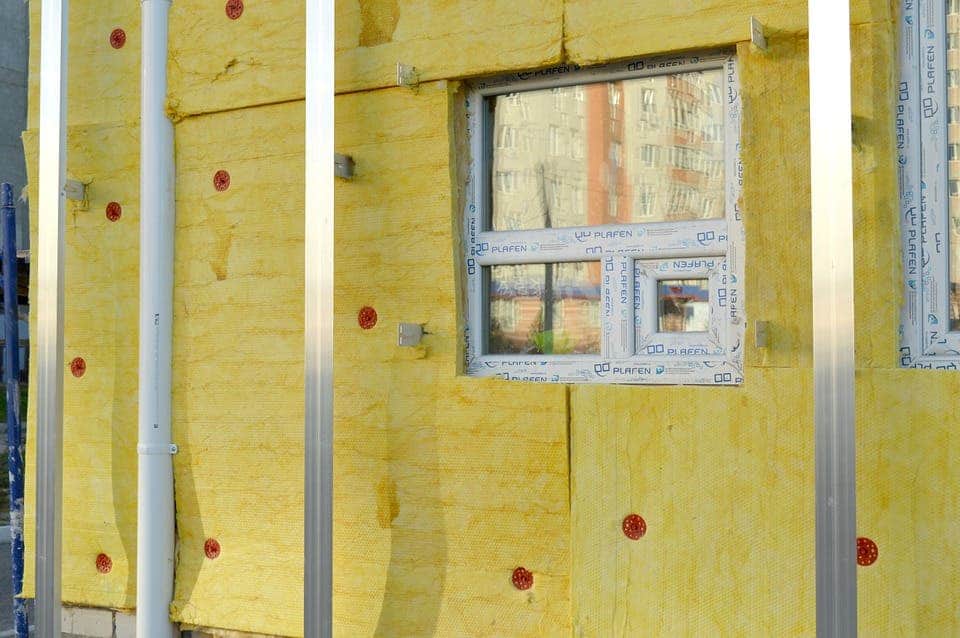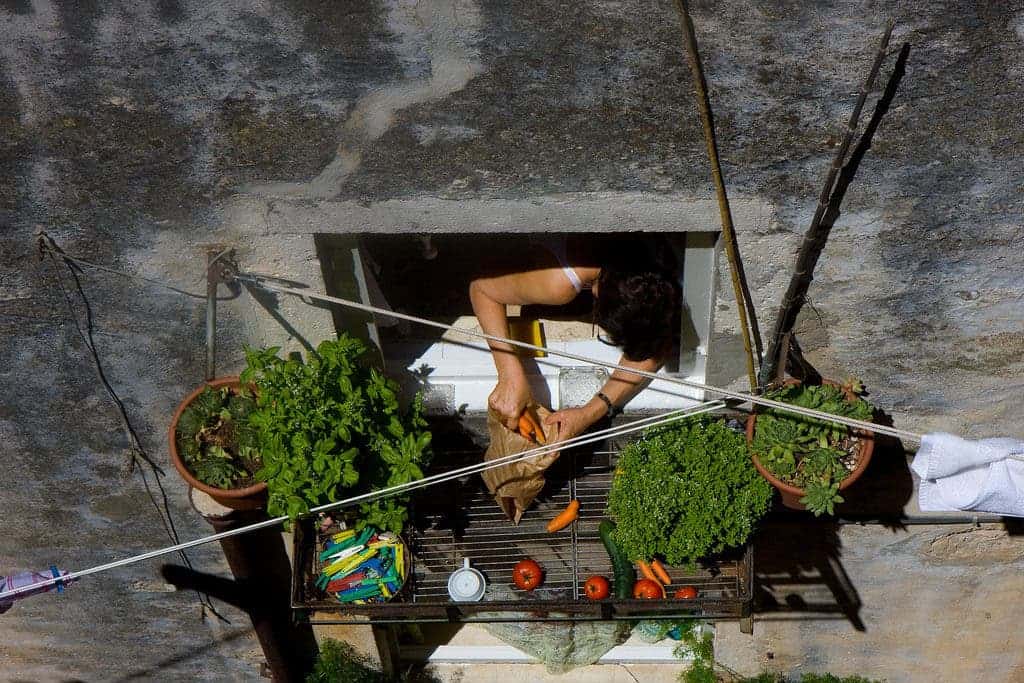Between climate change, pollution, and overconsumption, we’re not treating the planet very well. But what can us little actors on the world stage do?

We may not have much sway over global matters, but we’re all kings and queens of our own castles. So, here’s a list of some of the quickest and most effective changes we can do to greenify our own little slice of the Earth.
Insulation
Quality insulation is the most straight-forward approach to limiting your home’s energy use and environmental footprint. It’s also probably the single most effective energy-related measure on the list. Insulation is comprised of materials that can reflect heat or trap small pockets of air (a very poor thermal conductor) to slow down heat flow. The second type is more commonly seen (and, as a side-note, works pretty much like thick winter clothes).
One of the most traditional approaches is to insulate the walls. However, all parts of a building will benefit from insulation. Windows tend to be the prime drivers of heat exchange, according to a paper published by Jong-Jin Kim and Jin Woo Moon back in 2009. They reported that windows vent roughly 26% of the heat in a home in a cold climate (Detroit, Michigan). Walls only vented a bit over 25%. Keep in mind, however, that windows tend to have a tiny surface area compared to walls.

Image credits Alina Kuptsova.
Even something as simple as painting your roof white can help insulate your home in blistering environments.
It is estimated that improvements in the level of insulation of the existing buildings can reduce heating requirements by a factor of two to four. Houses built using the latest insulation technology and design in various cold-climate countries use only 10% of the energy for heating compared to their peers, the paper adds. If the house you live in is really old, perhaps selling your home fast to move into a more modern, energy-efficient one is worth considering.
Stop wasting water
Modern households use a huge amount of water — and we don’t even see it for the luxury that it is. Freshwater is in short supply. Our efforts to secure as much of this resource as possible is having nasty effects on ecosystems throughout the world — so don’t waste it! Lifestyle changes are a good place to start: turn off the tap when you’re brushing your teeth, for example. Take shorter showers. Fix any leaks you might find around the house, too. The biggest culprit, however, is your lawn.

Image credits Rudy Skitterians, Peter Skitterians.
The Environmental Protection Agency (EPA) estimates that one-third of all U.S. residential water is used for irrigation. Over 50% of that water is wasted by inefficient use, however. You don’t need to give up your lawn, but there are tricks and tweaks you can apply to reduce water use. Some of the simplest changes you can make are to monitor natural precipitation and reduce irrigation accordingly, water your lawn between 4 a.m. and 10 a.m (reduces water loss to wind and evaporation), and switching to water systems that stay close to the ground.
Actually, stop wasting anything
While they can be quite a hefty up-front investment, smart meters can help keep heating expenditures in check. They come in handy especially during winter.
Energy-efficient appliances are also pretty good — but they tend to be expensive. Bulbs, however, are pretty cheap. So change your aging bulbs with some crisp energy-efficient ones, i.e. LEDs. Bills go down, you get quality light, and the penguins get to keep their home. Everybody wins.
Produce more on-site

The first points were more of a case of waste not, want not. But one of the easiest ways to reduce emissions from power plants, or plastic waste from packaging, is to not use them in the first place.
There are several commercially-available energy production options to choose from out there. Solar is probably the least hassle-intensive, while wind or geothermal have their own selling points. The first can work around the clock, the latter is pretty install-and-forget, and both produce ample power. However, they’re both hampered by relatively high up-front costs, making them better suited for communities (or y’all richer folk out there).
All that energy will keep your house going, but what will fuel you? Well, people have been growing food around the house for as long as people have known how to grow stuff. Probably.
We’re much more space-constrained these days, but any space around the house you can fit a planter in will net you some tasty tomatoes, a handful of carrots, or whatever else you fancy. Even a meager harvest will still be a big win for you — gardening, and interacting with nature in general, has been shown to bring ample mental health and life quality improvements. The plants will also help freshen and clean up the air in your home.
Plus, think of all the bragging rights you’ll win when your friends come over for lunch next time.
If you do have the room for it, a compost bin will provide lots of quality fertilizers for your crops, and help reduce the amount of trash you sent to the landfill. Of course, for those who don’t have any growing space at all, buying local whenever possible should significantly reduce the carbon footprint of your groceries, while helping your local community at the same time.


